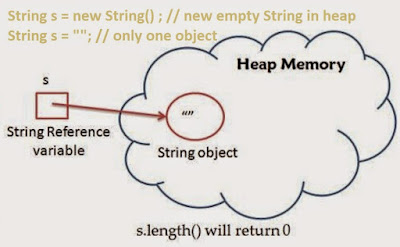Arduino UNO I/O Functions

The pins on the Arduino UNO board can be configured as either inputs or outputs. We will explain the functioning of the pins in those modes. It is important to note that a majority of Arduino analog pins, may be configured, and used, in exactly the same manner as digital pins. Pins Configured as INPUT Arduino pins are by default configured as inputs, so they do not need to be explicitly declared as inputs with pinMode() when you are using them as inputs. Pins configured this way are said to be in a high-impedance state. Input pins make extremely small demands on the circuit that they are sampling, equivalent to a series resistor of 100 megaohm in front of the pin. This means that it takes very little current to switch the input pin from one state to another. This makes the pins useful for such tasks as implementing a capacitive touch sensor or reading an LED as a photodiode. Pins configured as pinMode(pin, INPUT) with nothing connected to them, or with wires conn...

